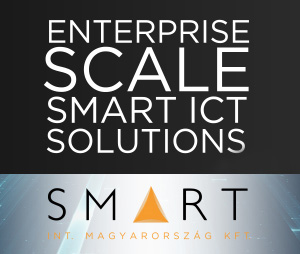Ensuring reliable and stable support for Ukraine, strengthening deterrence and defense, enhancing transatlantic defense industrial cooperation, increasing defense production, and fortifying global partnerships with countries in the Indo-Pacific region will be the main topics of the upcoming NATO Summit, which will be held in Washington from July 9 to July 11.
NATO Secretary General Jens Stoltenberg said yesterday on the eve of the Summit that support for Ukraine will be the “most urgent task” of the Alliance and that he expects the heads of state or government of the member countries to agree on a “significant package” for Kyiv.
“NATO will take over the coordination and provision of the largest international security assistance,” said Stoltenberg.
According to him, the Summit is expected to agree on financial aid and more immediate military support for Ukraine, to conclude more bilateral security agreements between the member states and Kyiv, and to deepen military interoperability with the country.
As reported by the MIA correspondent from Brussels, Stoltenberg added that all these elements will “represent a bridge to Ukraine’s membership in NATO,” bringing the country “closer to the Alliance.”
As agreed at the last meeting of defense ministers held last month in Brussels, the coordination and delivery of aid to Ukraine will be carried out through a command stationed at NATO headquarters in Germany and through logistics centers in the eastern members of the Alliance. The command, which will have several hundred staff members, will be headed by a lieutenant general, who will be directly responsible to the commander of NATO forces in Europe.
The name of this coordination for the delivery of military aid to Ukraine and the training of members of the Ukrainian armed forces is expected to be agreed upon at the Summit. The goal is to reach a binding agreement to move the processes away from politicians or institutions, in case forces that are not inclined to support Ukraine come to power in some member countries, such as Donald Trump in Washington or the extreme right-wing National Rally (RN) in Paris.
Initially, the name “Mission Ukraine” was mentioned for this process, which, according to a diplomatic source, was opposed by Berlin. The same sources indicate that German Chancellor Olaf Scholz was openly against this name, arguing that the term “mission” is associated with sending “troops into the field,” which could suggest the involvement of the Alliance in the conflict.
After this, several terms such as “framework,” “mechanism,” “center,” “initiative,” “command,” and “platform” were considered. In the end, the names “Ukraine-NATO Training and Equipment Initiative” (UNITE), which translates from English as “unite,” and “NATO Security Assistance and Training for Ukraine” (NSATUI) were proposed.
A representative of the US State Department said earlier this week that the final name of the process is still being determined.
“We are still working on how to capture and describe it. We are looking at several possible acronyms,” he added.
Diplomatic sources in NATO point out that special attention is paid to the choice of names because they have political weight and carry a message. According to them, it is very important that the Kremlin does not misuse that message to further its military operations.
“Sometimes we argue and talk about things that only we care about, instead of trying to explain to people outside the walls of the headquarters how important the role of NATO is,” a diplomatic source pointed out to “Euraktiv.”
However, according to another diplomat, regardless of which name is chosen, the process will colloquially be called the “NATO Mission in Ukraine.”





Comments are closed for this post.